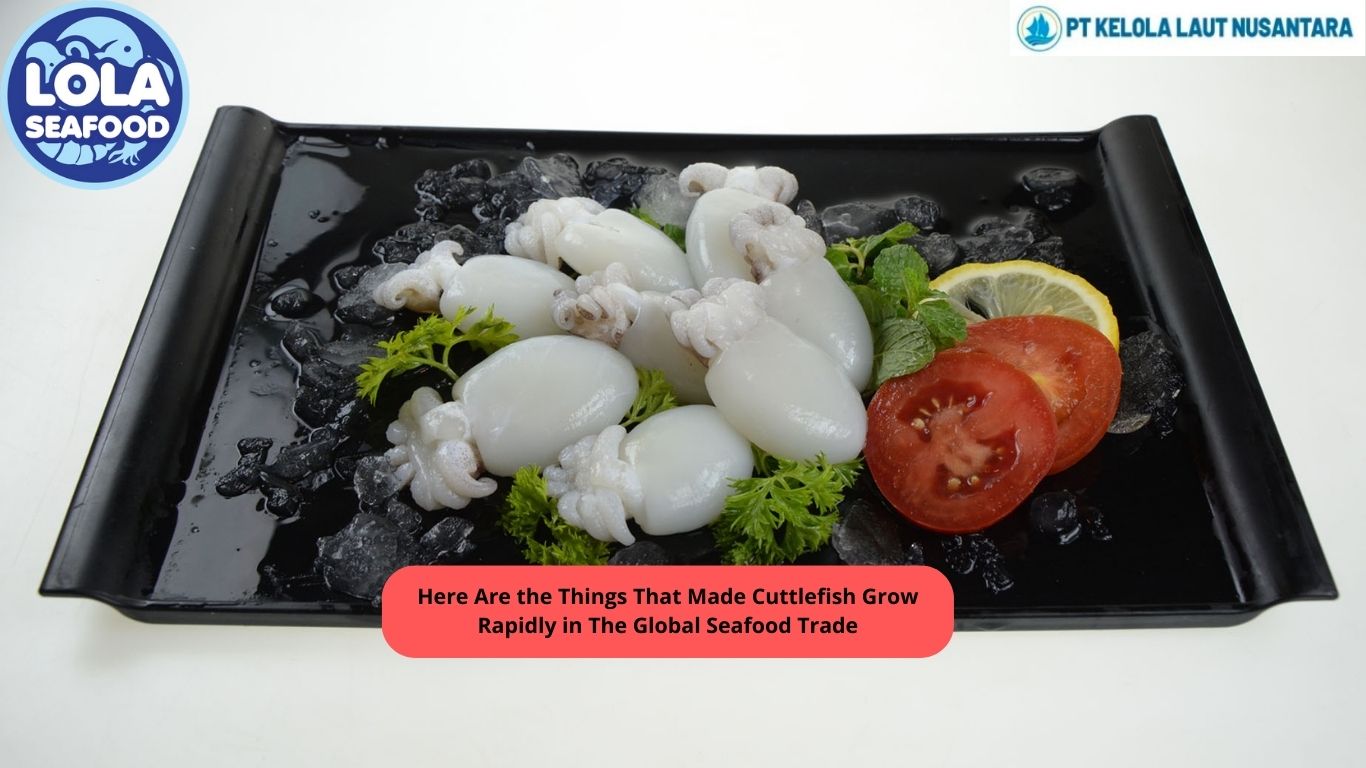THE COLOUR OF A FISH’S GILLS
By. Najih - 27 Jan 2024.jpg)
Fish gills are branching organs on the side of fish heads. They have a large number of small blood vessels called capillaries. Afterwards, the oxygen is delivered by the blood that runs through the fish's body, similar to how humans consume oxygen.
To survive, fish must also take in oxygen and expel carbon dioxide. Instead of lungs, fish use capillaries. Capillaries are tiny, branching organs on the side of their heads that contain a significant number of smaller blood vessels. All bony fish have a bony plate called an operculum, shaped like a comb but shaped like an operculum. Water runs over the gills, and oxygen passes through the capillaries to the blood by opening its mouth.
The colour of a fish’s gills is a major indicator of how fresh the fish is. The gills will start out bright red, then turn to red, dark red, light brown, brown, dark brown, then green as the fish ages. Its aesthetic preference aligns with the perception that well-coloured gills correlate with freshness and superior taste.
Environmental factors impacting gill colour as below:
Water Quality
The first stroke on the aquatic canvas is painted by the quality of the water itself. Pristine waters, rich in clarity and purity, often bestow a vibrancy upon gills, showcasing a spectrum from rosy pinks to deep reds. Conversely, polluted or murky waters may cast a shadow over gill colour, dimming the once vivid palette. This nuanced relationship between water quality and gill colour underscores the vulnerability of aquatic ecosystems to human-induced changes.
Oxygen Levels
As the lifeblood of fish respiration, oxygen levels in the water wield a profound influence on gill colouration. Optimal oxygen concentrations infuse gills with a lively crimson, signalling a harmonious exchange that sustains life beneath the surface. In contrast, low oxygen levels may pale the vibrant hues, serving as a visual distress signal and emphasizing the delicate balance between fish and their oxygenated environment.
Temperature
Temperature, a master conductor orchestrating the aquatic symphony, further shapes gill colour. Warmer waters often intensify the reds and pinks, creating a vivid display that mirrors the energetic dance of fish metabolism. Cooler temperatures, conversely, may temper the colouration, offering a subdued but equally revealing glimpse into the physiological nuances of aquatic life.
.jpg)
 (1).png)


.jpg)
.jpg)
.jpg)

 (3).png)